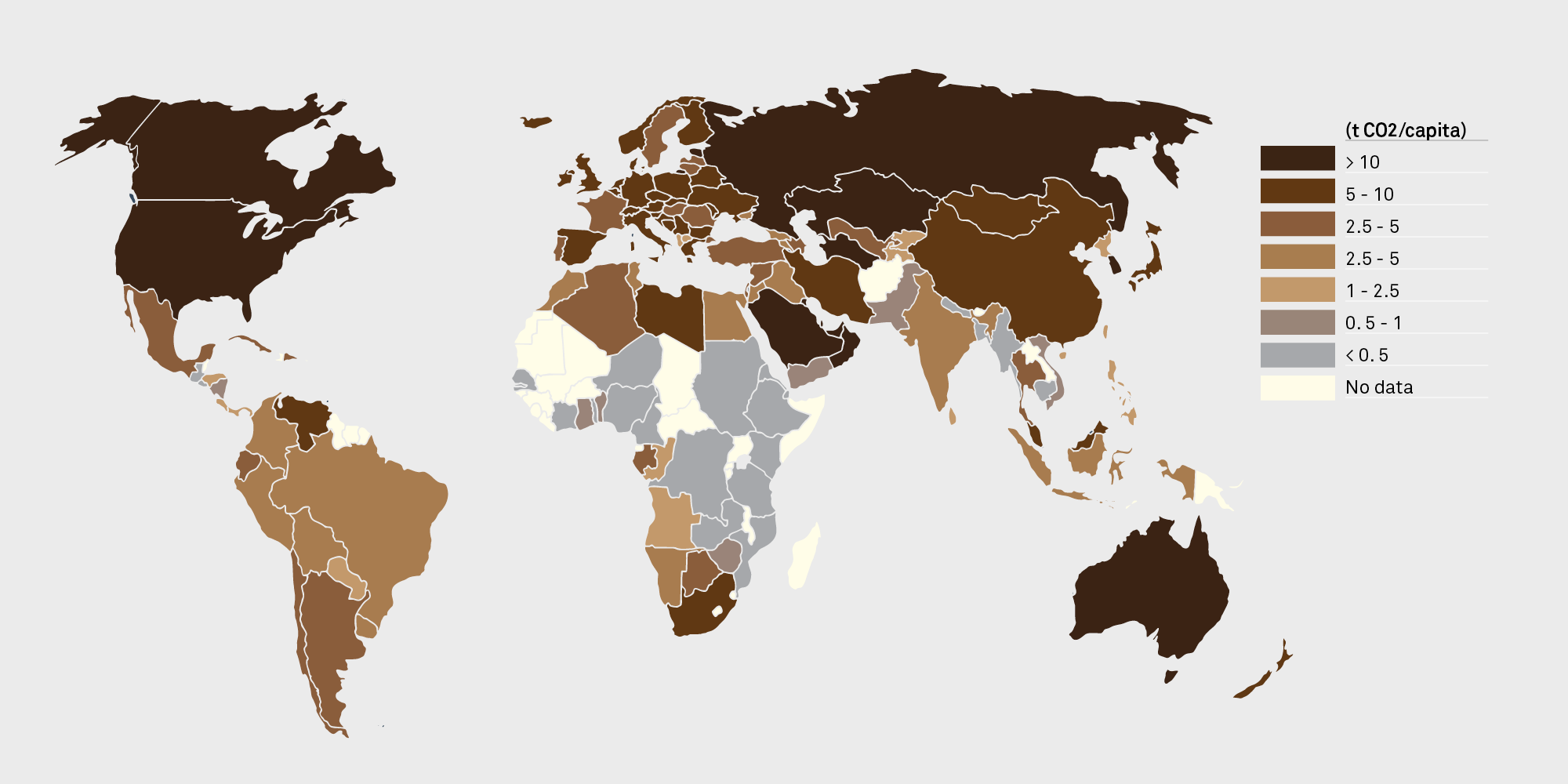A recent review by the European Environment Agency concluded that Ireland may not meet its EU greenhouse gas emissions reduction targets even if all the measures currently planned by the Irish Government to reduce carbon and other emissions are introduced and interim targets are met .
The EPA says that “we must invest in structural and behavioural change to enable the transition to a carbon-neutral and climate-resilient Ireland. These changes include the rapid decarbonisation of energy and transport and the adoption of sustainable food production, management and consumption systems” .
The country’s total emissions did fall throughout the 2008 and 2009 recession but with economic recovery came a rise in 2012. However, some indicators are positive. Our greenhouse gas emissions per unit (kWh) of electricity supplied have fallen nearly 50% since 1990; from 896 g CO2/kWh in 1990 to 456 g CO2/kWh in 2014. This figure excludes generators’ own use of electricity and transmission and distribution losses.
If we calculate the emissions from public electricity and heat production related to electricity production and the resulting electricity and heat production (generation), Ireland is slightly higher than the EU average, but still below several other countries (Fig. 5).
Emissions from fossil-fuel-generated power are higher still in other countries in the world (Fig. 6).
